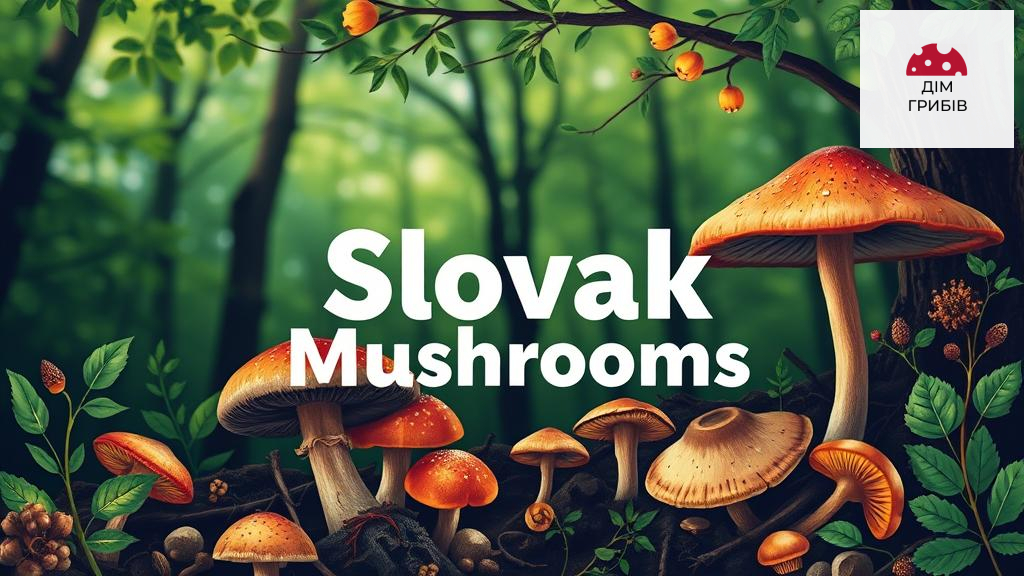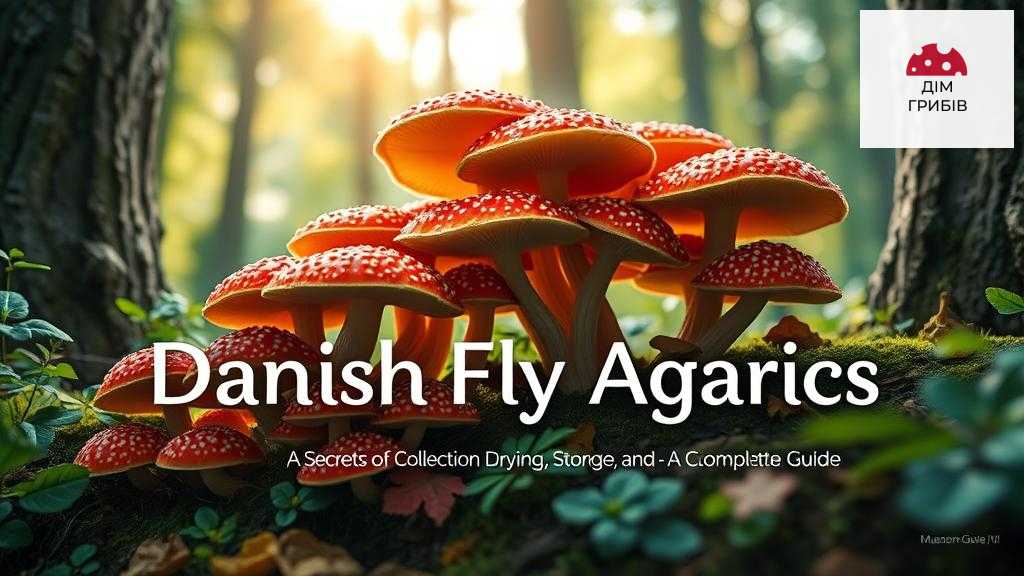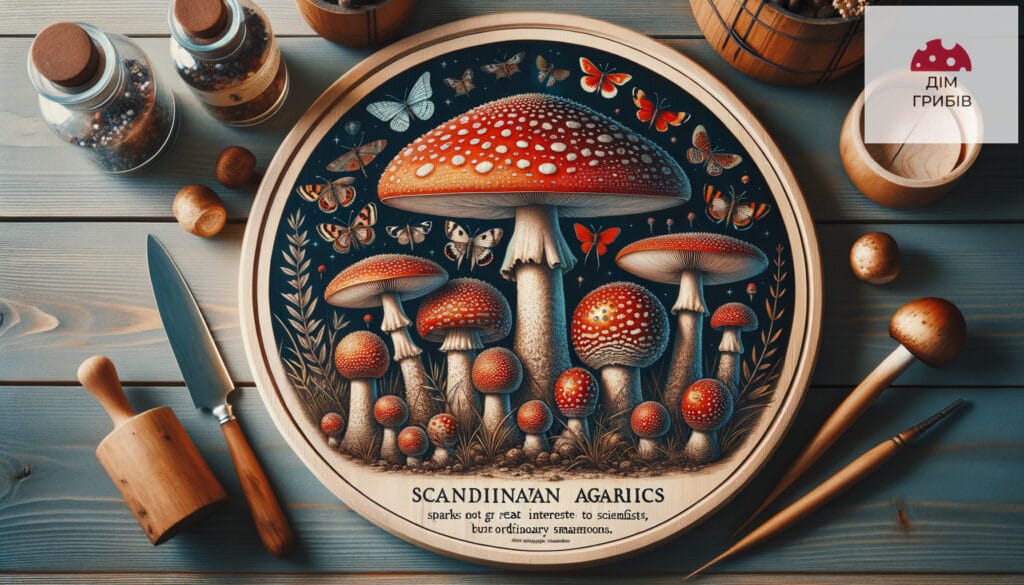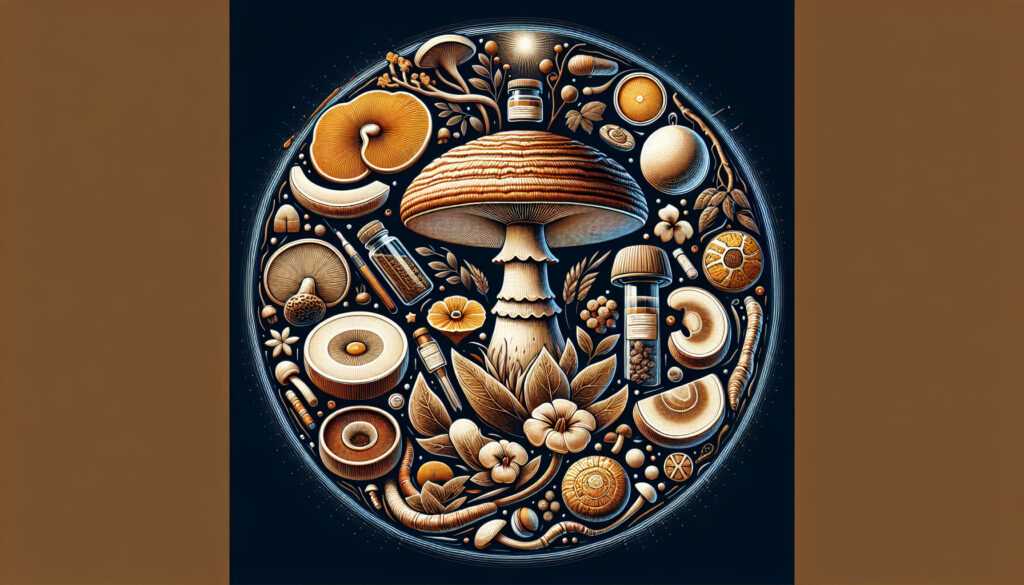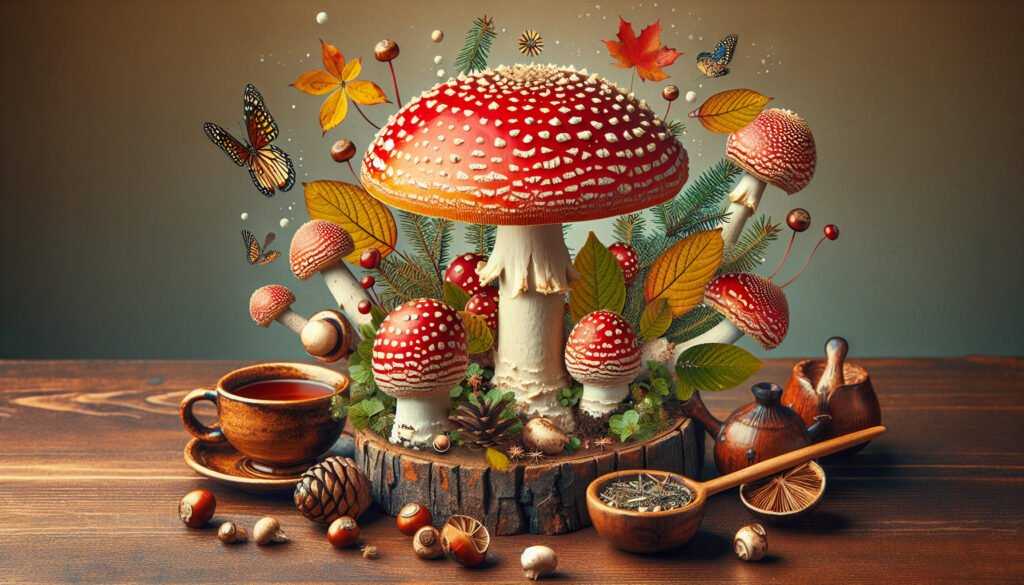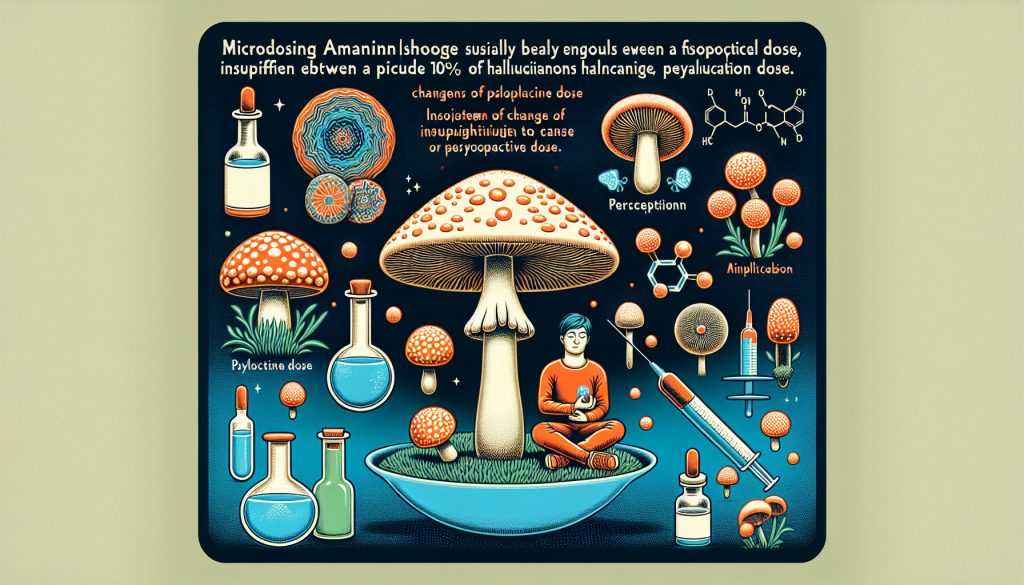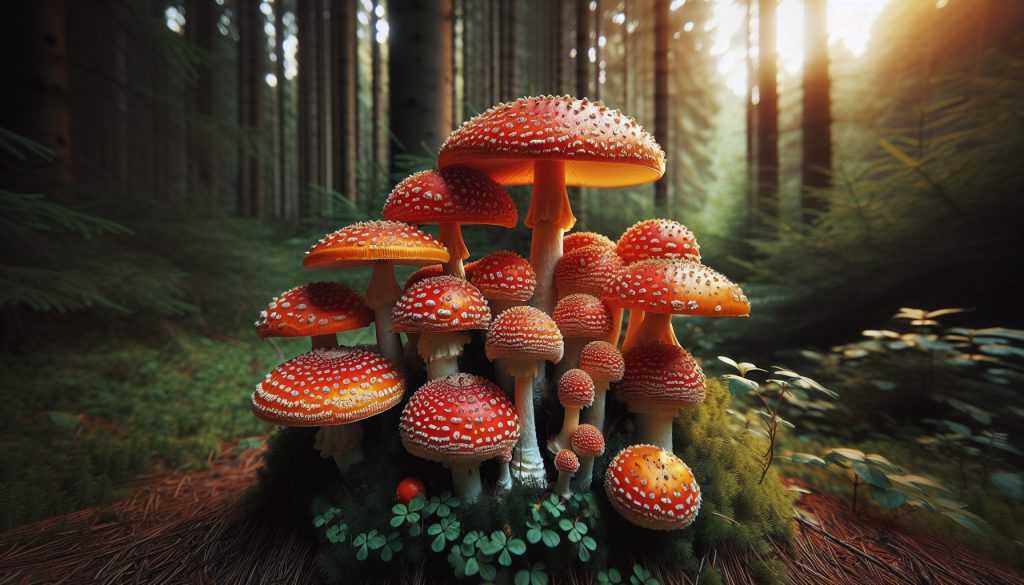All about panther amanita: interesting facts and information on the blog
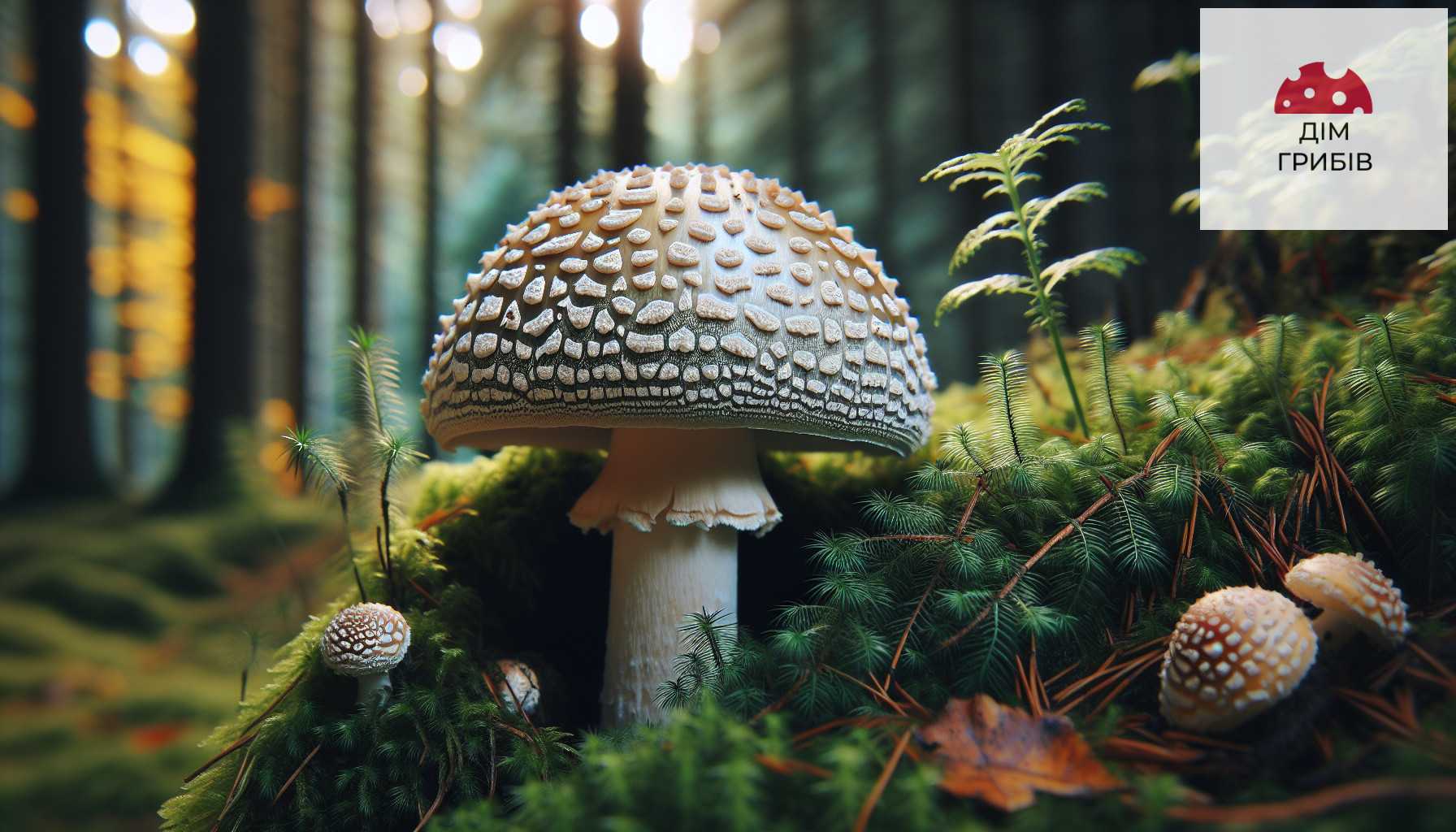
Panther amanita - Properties: Origin and description
Amanita pantherina (lat. Amanita pantherina) is one of the most famous types of mushrooms belonging to the Amanitaceae family. This type of mushroom is considered very poisonous and contains such chemical compounds as amanitoxins and muscarine.
Panther toadstool has a large, round-conical head, which is usually 5-10 cm in diameter. The cap has a white coating with multi-colored spots and warts. White plates are placed under the cap, which turn brown over time.
Panther toadstool is distinguished by its original design and bright colors, which make it attractive to mushroom researchers. However, this mushroom should be viewed with special attention and take into account that it contains potentially dangerous poisons.
Importantly: Panther toadstool is a poisonous mushroom and is not recommended for consumption. Even a small amount of panther amanita can lead to serious poisoning that requires immediate medical intervention.
Panther fly agaric: Distribution and habitat
Panther toadstool widespread in different regions of the world. It grows in forests and parks, in particular on humus, soil and mountain soils with rich organic material.
This type of mushroom is most often found in temperate climates, but it can also grow in other climates. In Ukraine, the panther fly agaric can be found in many regions, in particular in the Carpathians.
Panther toadstool it usually appears in autumn, in August-September, but it can also appear in early spring, in March-April. This is due to the change in temperature and humidity, which stimulates the growth of fungi.
Note: In order to identify the panther toadstool, it is necessary to carefully study the description of the mushroom, as well as to have special knowledge and experience. Misidentification of a mushroom can have dangerous consequences.
Chemical composition of panther amanita
Panther toadstool contains a number of chemical poisons, among which the most famous are amanitoxins and muscarine. They belong to a group of poisons known as phalloid (adulterated) medlar poisons. Panther mushroom contains the following substances:
- Amanitins: This group of chemical compounds is represented by nine substances that are powerful poisons. Amanitins damage liver cells, preventing the normal functioning of the organ. As a result of amanitin poisoning, necrosis of the liver can occur, which is often accompanied by acute liver failure and requires urgent treatment.
- Muscarine: This substance belongs to the category of anticholinergic poisons, which affect the central nervous system and can cause various symptoms such as nausea, vomiting, diarrhea and a drop in blood pressure.
- Muscimol: This substance belongs to the type of hallucinogens and is responsible for the appearance of hallucinations and a change in consciousness after poisoning with panther toadstool. Muscimol has psychoactive properties and can cause various states of euphoria or anxiety.
These chemical compounds have strong toxic properties and can lead to serious poisoning. Even a small amount of panther amanita can cause danger to the life of the host, so it is not recommended to consume this mushroom without experience and detailed research.
Symptoms of panther toadstool poisoning
Panther toadstool poisoning can have serious consequences for human health. Symptoms of poisoning usually develop about 6-24 hours after taking mushrooms and may vary depending on the dose of intoxication and individual properties of the body. The main symptoms of panther toadstool poisoning include:
- Sharp weakness.
- Fatigue.
- Nausea and vomiting.
- Stomach ache.
- Indigestion.
- Violation of heart rhythm.
- Drop in blood pressure.
- Disturbance of consciousness.
- Changes in mental state (hallucinations, disorientation, paranoia, etc.).
- Diarrhea.
Symptoms of poisoning may increase over several days and the severity of the condition may depend on the amount of intoxicant used, differences in the organization of nerve circuits, individual sensitivity of a person and the presence of associated diseases.
In case of panther toadstool poisoning, consult a doctor immediately. Doctors are able to detect signs of poisoning and provide the necessary medical assistance.
Practical application of panther amanita
Panther toadstool not recommended for consumption due to its toxic properties. However, in the uncontrolled practice of traditional medicine, extracts or tinctures of panther amanita can be used to treat certain diseases, in particular:
- Rheumatoid arthritis.
- Arthrosis
- Decenite
However, these methods of treatment have no scientific basis and can be dangerous for health. On the eve of such use, you should consult a doctor and get qualified advice.
Myths and legends about panther toadstool
Panther toadstool is the subject of many myths and legends. Its bright colors and unusual appearance inspired ancient forest dwellers to create rituals, legends, and even fairy tales for children. However, most of the myths about the panther toadstool are related to its potential dangers for humans.
One of the most famous myths about the panther toadstool is its use in magical rituals and the belief in its supernatural abilities. The panther toadstool was often depicted in places where rituals involving the use of mushrooms were performed, believing that it could help open the "third eye" and provide spiritual connections with the heavenly world.
A legend about its influence on knowledge and wisdom is associated with the panther amanita. According to belief, a person who eats delicious soma recipes from amanita mushrooms often has an open "third eye" and can gain unique abilities and knowledge. This myth has its roots in Indian tradition and religion, where the panther toadstool is still revered as a sacred symbol of change, understanding and inner consciousness.
These myths and legends about the panther toadstool are interesting from the point of view of their influence on the perception of the mushroom in different cultures. They give panther toadstool a certain spiritual significance and expand the cultural understanding of the mushroom's uses.
Panther amanita - Properties in cooking
Panther amanita is not recommended for consumption due to its poisonous properties. However, in some cultures, panther amanita was used for culinary purposes after special treatment to remove poisonous substances. Such methods usually require several preparations and soaking in cold water, but such consumption of the mushroom can still be dangerous.
Note: The best solution remains to avoid consuming panther toadstool due to its high toxicity. A local mushroom expert (such as the Mushroom House) can advise on safe mushroom consumption, advice on how to properly collect and process mushrooms, and teach you how to identify not only panther mushrooms, but many other types of mushrooms.
Recommended products: In the "Mushroom House" store, you can buy high-quality panther toadstool, which is collected in ecologically clean regions of Ukraine, as well as all the necessary accessories for mushroom growing.
Panther amanita - Properties in folk medicine
Historically, panther amanita was used in folk medicine to treat some diseases. However, now such an application of panther amanita is dangerous and can have serious consequences for health. Still, some people remain interested in the possible medical properties of this mushroom. Detailed scientific research is needed to explore the potential medicinal applications of Amanita panther and to develop reliable methods of processing the mushrooms.
Note: To obtain more accurate and useful information about the use of mushrooms in medicine, it is advisable to contact a specialist in the field of mycology, such as, for example, "Mushroom House". Here you will find professional advice on the use of mushrooms in medicine and advice on the effective preparation and use of mushroom products.
Panther toadstool - Properties and nature conservation
Panther toadstool is an important part of the ecosystems of forest and park areas in different regions of the world. Fungi play a vital role in the natural cycle and the natural process of decomposition of organic matter. By maintaining the quality of the soil and ensuring the diversity of ecosystems, Panthera amanitas help maintain ecological balance.
Habitat loss and forest loss are serious threats to the panther toadstool and other mushroom species. Improper collection of mushrooms of this species and damage to the mycelium can cause a decrease in their availability and finally lead to the disappearance of the species.
Conservation of nature and conservation of mushroom resources is an important task for the preservation of biodiversity. In mushroom preserves and forest areas where panther toadstools grow, visitors must follow the rules of mushroom growing ethics, collect mushrooms correctly and carefully. This approach will help preserve this species for future generations and support the preservation of unique mushroom ecosystems.
